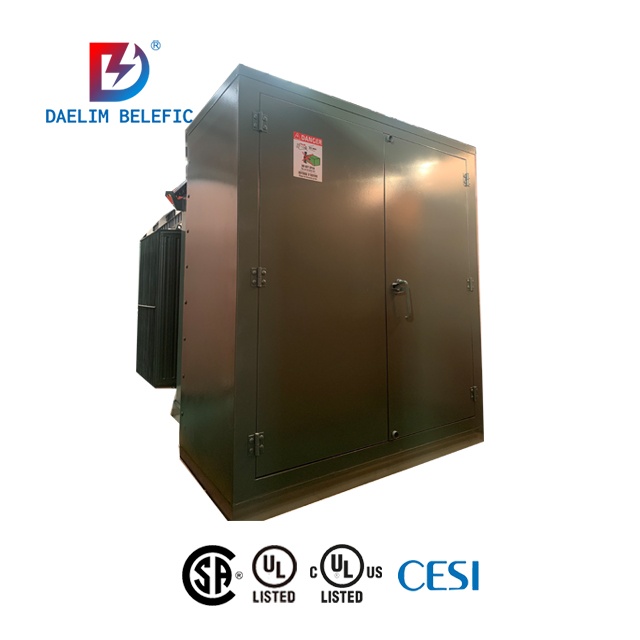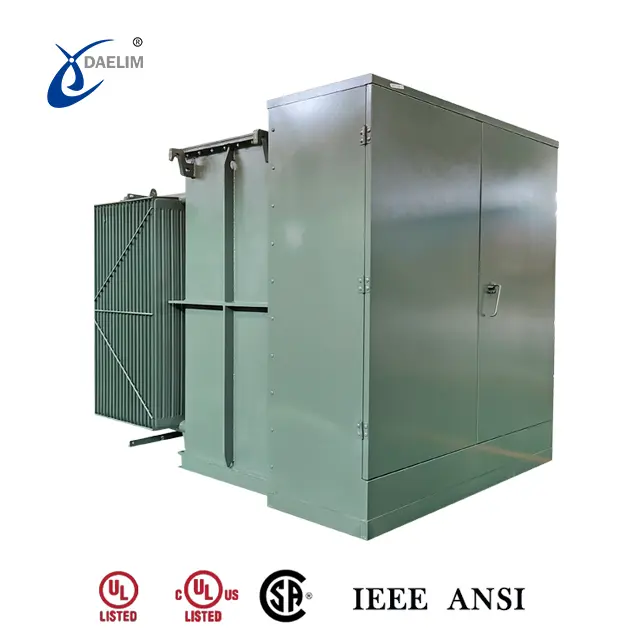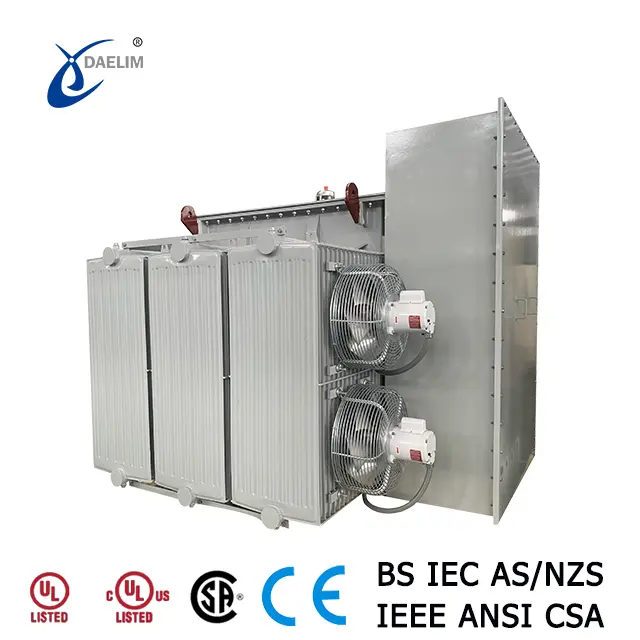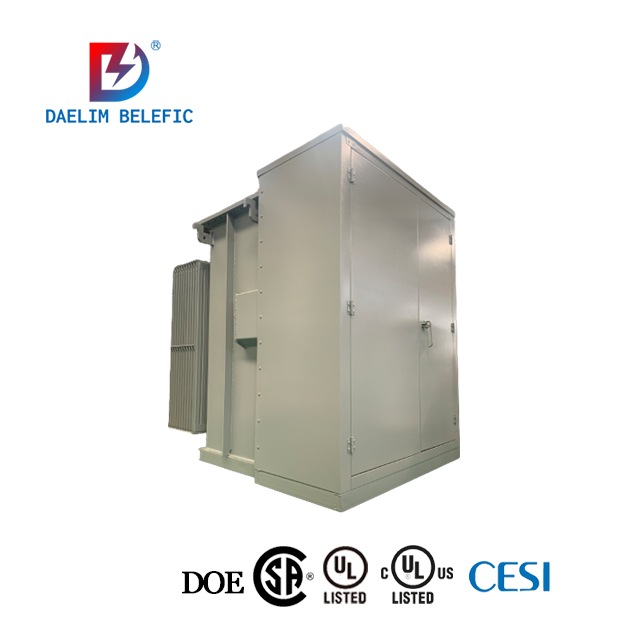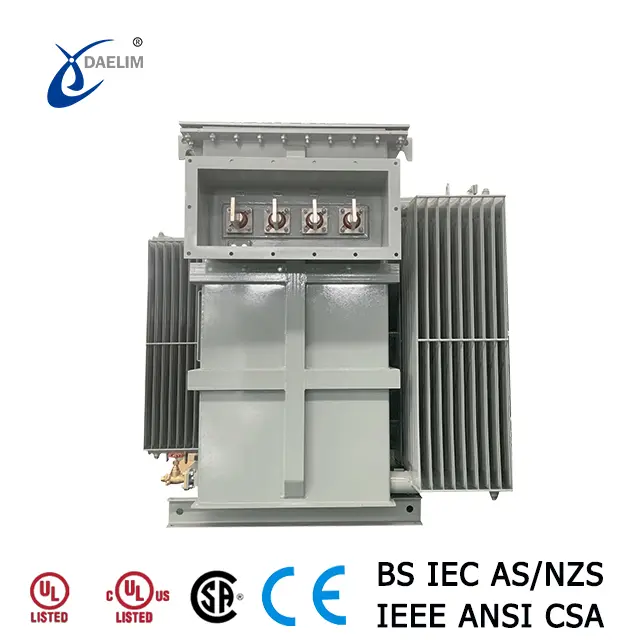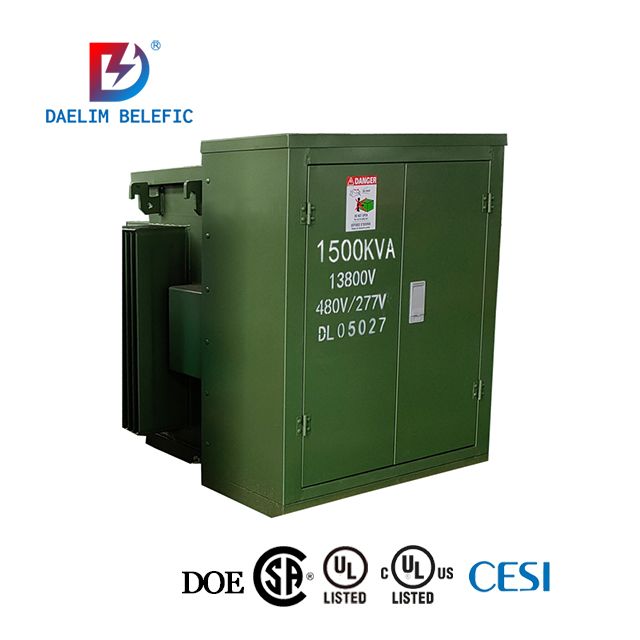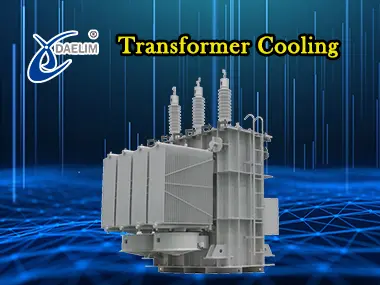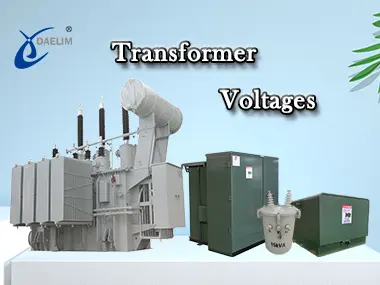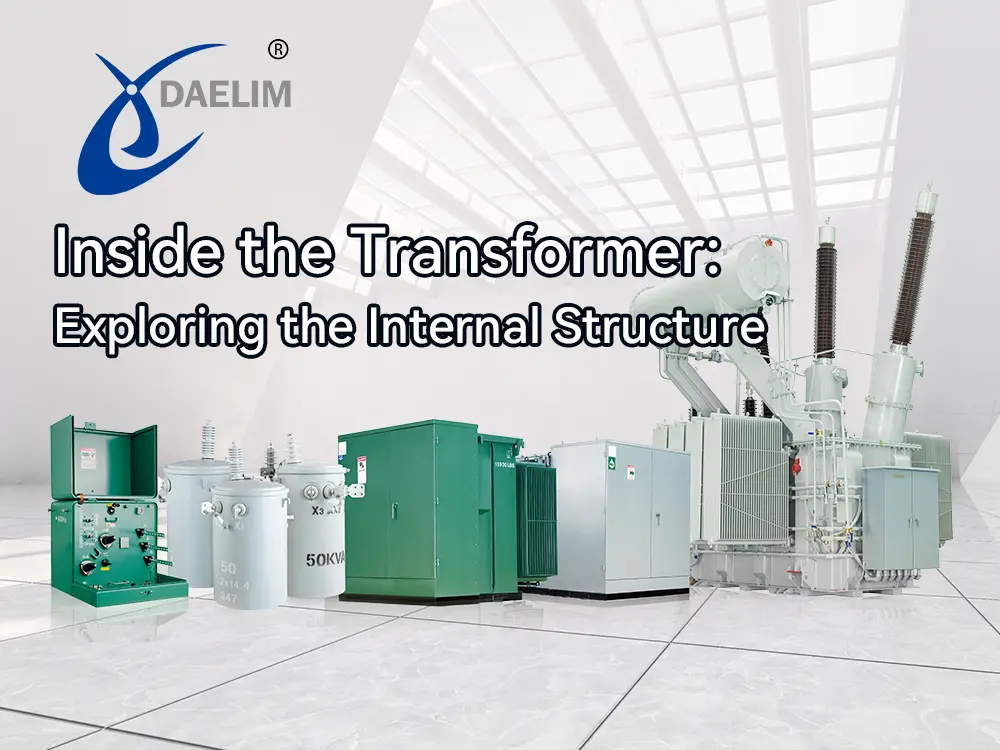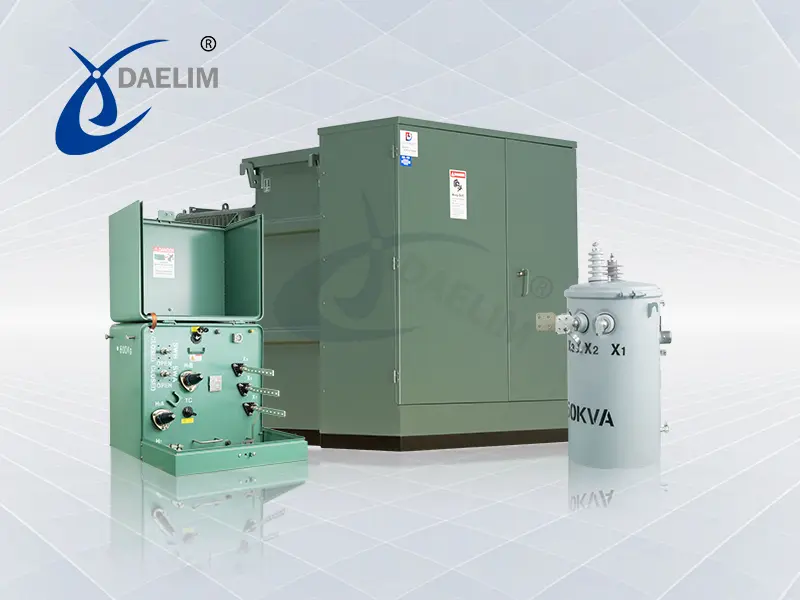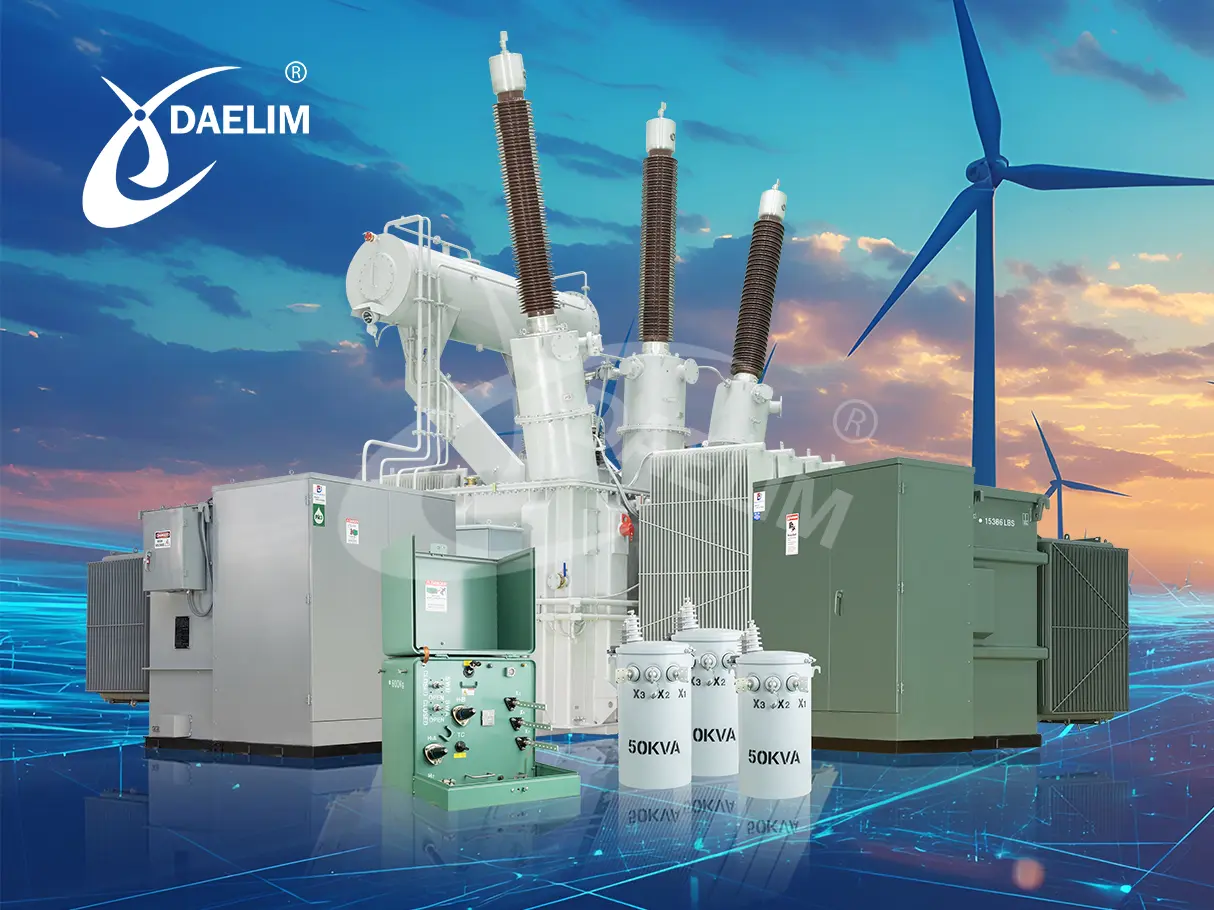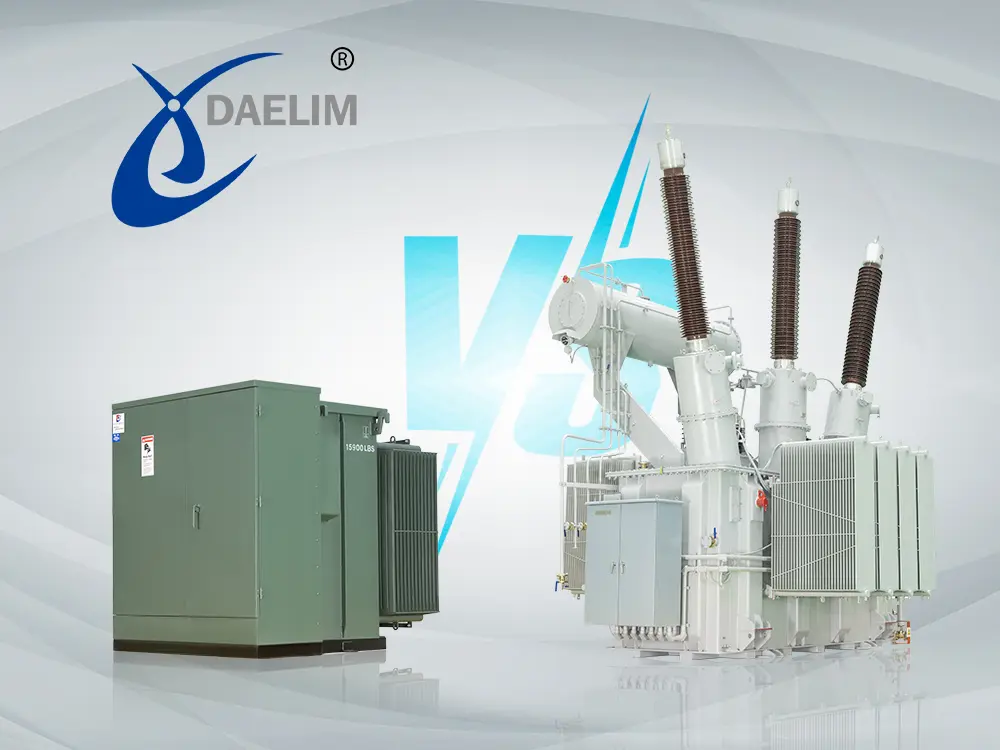Transformer Selection based on How much energy does AI use
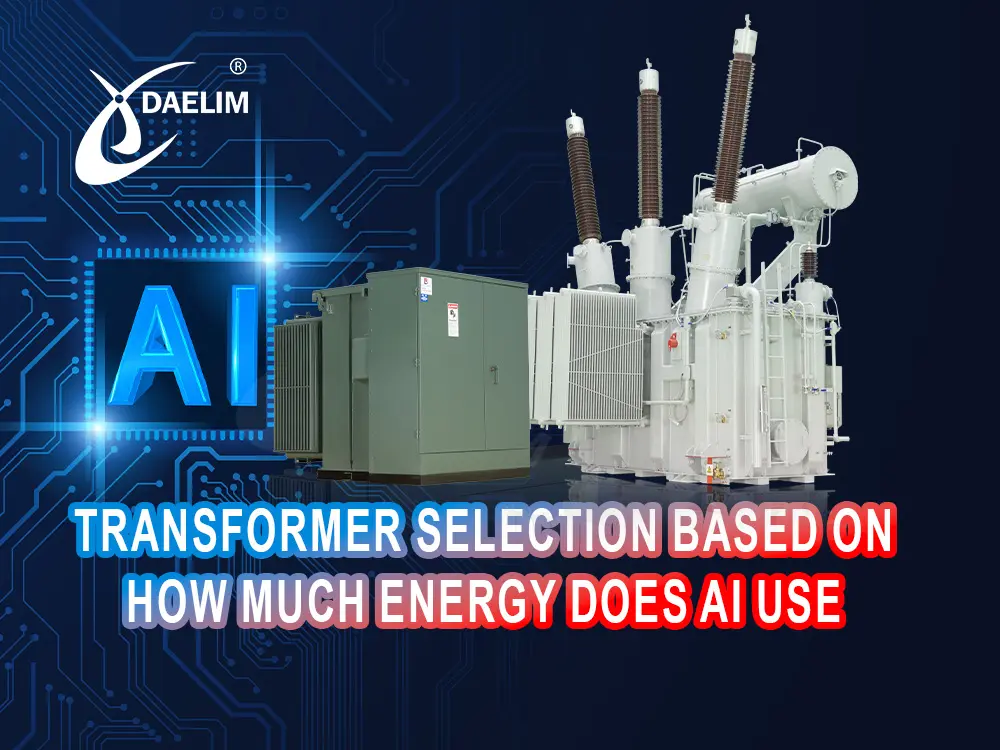
Artificial intelligence AI has changed everything around us. Technology, industries, social norms, and our social life, all are heavily influenced by AI. It has expanded so much that now it feels like an integral part of our daily life.
However this rapid expansion of AI in even the most common tasks of our life came with a significant demand of electrical energy. As this AI will continue to grow and influence our lives even more, its energy demand will also increase.
This creates a curiosity about how much energy does AI use. Does AI use a lot of energy or what is the AI energy consumption forecast in near future.
We have this write up just for you to know the AI energy use and how our existing infrastructure of electrical transformers and electricity distribution is evolving to support this AI electricity need.
Contact Daelim TransformerHow Much Energy Does AI Use
It is very difficult to tell how much power does AI use, but according to an annual electricity report published by iea.org in January 2024. The electricity consumed by all types of AI systems, data centers and cryptocurrencies was estimated to be around 460 terawatt hours in 2022. This might look big to you but it's only 2% of the total world electricity consumption.
If we only consider the 100,000 computer systems supplied by NVIDIA in 2023, those systems will consume about 7.3 TWH of electricity in just 2023 alone.
Following this trend for the near future, in 2026 it is expected that traditional data centers will consume about 580 to 600 TWH of electricity, systems associated with cryptocurrencies will consume about 200 to 250 TWH of electricity and dedicated AI data centers will consume only about 75 to 100 TWH of electricity.
This makes the total AI energy consumption forecast of about 800 to 850 TWH of electricity consumed just by computer systems supporting data centers and AI. This is almost double the electricity consumed as compared to 2022.
Understanding AI Energy Consumption
In simplest of explanation, Artificial intelligence is a combination of dedicated computer hardware and software that work to complete different tasks with intelligence like humans.
As this is completely based on computer hardware and software, it's totally dependent on continuous supply of electrical energy for operation. There are some key contributors and factors that influence how much energy AI uses.
Key Contributors of AI Energy Use
There are three major and key contributors in any AI energy use.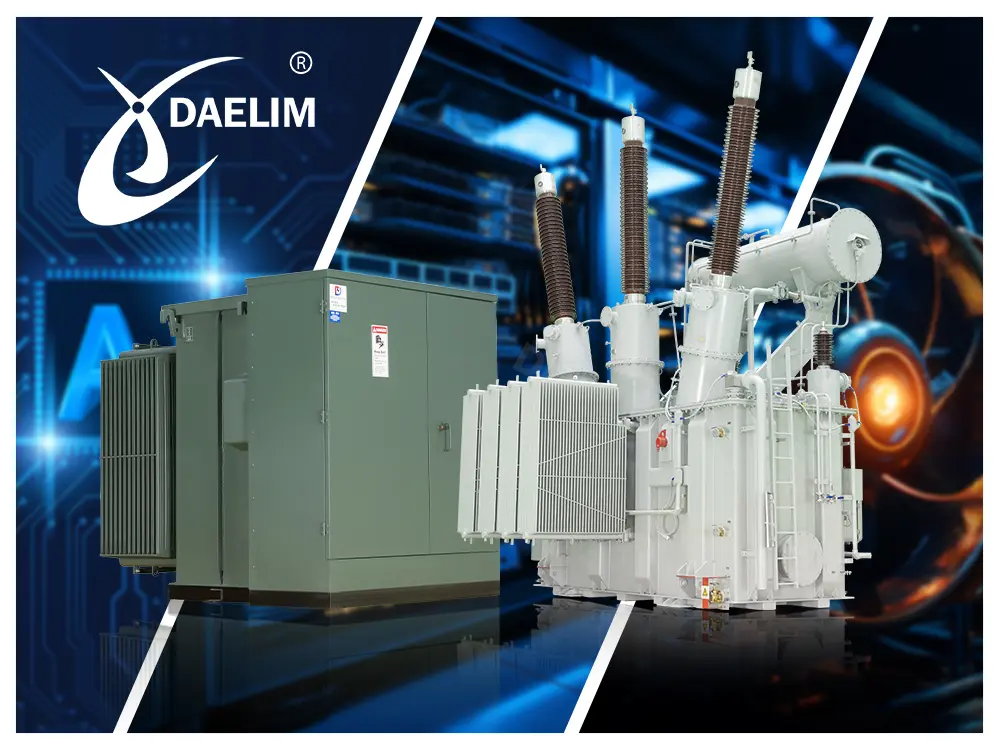
- First is the training of large language models and developing its neural network. A major AI model like Chat GPT that you use to get answers and information, involves billions of parameters and very extensive computational resources to give you what you want. These computational resources consume a lot of energy even for a single prompt.
- Second is the need of very large data centers and then the storage requirement of data centers. AI needs massive data centers and these data centers need robust electrical infrastructure to support energy demand.
- Third is the cooling requirement of AI systems and data centers. AI systems and data centers produce a lot of heat. This waste heat needs to be removed asap or else it causes AI systems to malfunction.
Read more:What is Transformer Cooling and How is it done?
Factors Influencing AI energy Demand
Like key contributors, there are two factors that define how much power AI uses.
- First factor is AI model scale and complexity. There are AI model of every scale and different complexity. Some are very small and simple while others are big and complex. It's a very simple understanding that small and simple AI models need less electricity while large and complex models have high energy demand.
- Second is the computational infrastructure you have developed to support AI. World is moving in direct to develop GPUs, TPUs, and quantum processors that use less energy and give better performance. As of now, all available systems consume huge amounts of electricity to process AI models and to keep themselves cool during the process.
Role of Transformers in AI Systems
The AI systems you use need electrical energy and they need a lot of it. They just do not need a lot of electricity, they need it with infrastructure stability and consistency in its delivery. So the role of the transformer in the AI system comes down to two aspects.
Read more:Empower Your Data Center with Daelim Transformer
Importance of Transformers in Power Management
Electrical transformers are the only device we know that controls and delivers electricity as per user requirements. In the case of AI systems, these transformers are the backbone of electrical distribution systems that ensure a stable and consistent supply of electricity.
They do this by controlling, regulating, and supplying voltage and current that is safe to use by AI systems. They also minimize energy losses and provide reliable power to sustain AI operations.
Advancement in Transformers to Support AI
Electric transformers are not new, they were developed far before any AI system and they are still working to support our existing electrical infrastructure. As these transformers were not initially designed and developed to support AI systems, they are now specifically designed to support AI systems. The flexibility in their working that allow them to be designed for any specific need make them the most important part of AI electricity infrastructure.
Read more:Transformers Solution For Data Center and Cryptocurrency Mining
Transformer Requirements for AI Energy Use
As mentioned, transformers are designed for individual applications, so to meet AI energy use, there will be some specific requirements for transformers.
Key consideration in Transformer Selection for AI Energy Use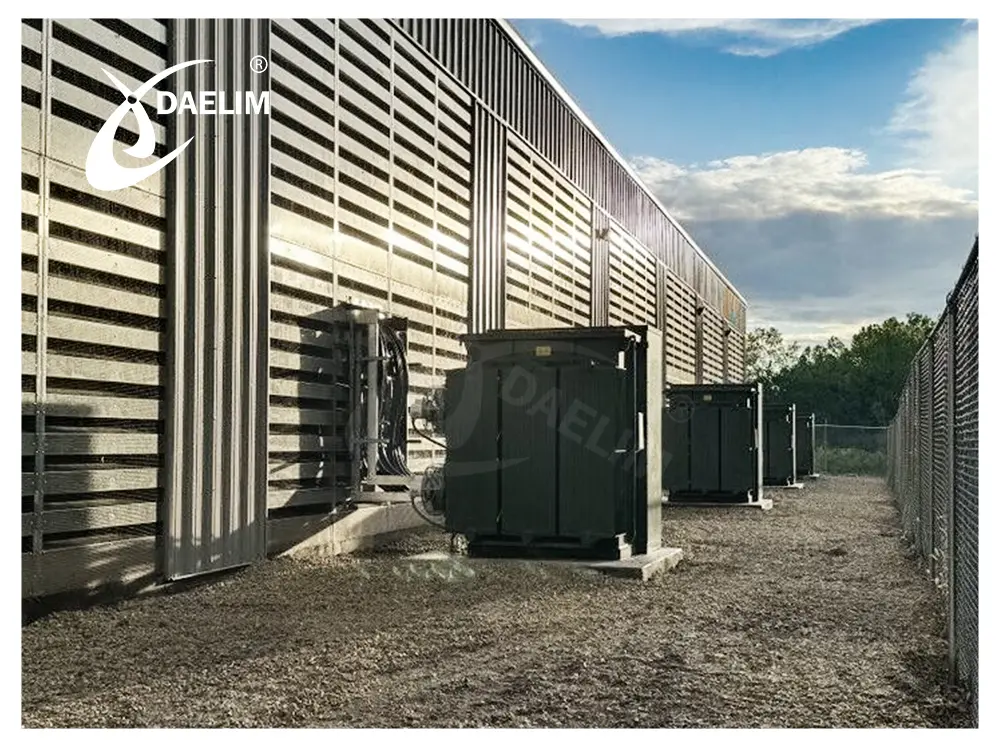
- Current and Voltage Requirement. First thing is, you need to know the exact voltage and current needed by each of your AI systems. This completely depends on the electrical requirements of the computer system used for your AI and can vary from machine to machine.
- Power Rating and Capacity Needed. Each transformer is designed to deliver a constant power to the system attached to it. Depending on the size and number of machines you have in your AI system. There will be a specific power rating requirement from the transformer for your AI system.
- Transformer Efficiency and Performance. AI systems need a lot of electricity and need it consistently without fluctuation. So the transformer should be able to deliver electricity efficiently and should have a steady performance.
More resource:2550 kVA Pad Mounted Transformer For Data Center in Mexico, Missouri
Importance of Proper Transformer Selection
All AI systems are powered by some very powerful computer systems and in some cases those computer systems are the world's most powerful system. These systems are very powerful but they are highly sensitive towards any fluctuation in electrical supply.
There could be hundreds of transformers already available in the market that can support current, voltage, power and capacity rating of your AI system but there will be hardly any that ensure a stable, steady, and non fluctuation supply of power.
So selecting a specially designed transformer that is designed for an AI system is important.
Calculating Transformer Capacity for AI Systems
If you own an AI system and are looking for a method to calculate transformer capacity for an AI system. Then you need to consider the following three keypoint during your research.
Estimating Energy Usage of AI Systems
You need to know your AI system current and voltage requirement of the AI computer system and if you have more than one system, then what is the combined power rating of all those machines.
After knowing their basic requirement, you need to know their peak energy requirement and also understand the operating trend like when and how long they consume their peak power. This involves analyzing power demands during intensive training and inference processes
Matching Transformer Specifications to AI Needs
After knowing what your AI system needs to perform at its peak load. You need to find a transformer that can support the peak load in any given circumstances. When matching transformer specification for AI needs, you need to do the following
- Check the transformer nameplate for output voltage, current, and power rating
- Need to consider the redundancy and any further scalability
- Most important of all, I need to check transformer compatibility with AI hardware specification.
Learn more :A Comprehensive Guide to Transformer Specifications
Scalability and Future Proofing
Purchasing and installing a transformer for your AI system is not a simple task. It involves several steps including construction of foundation, delivery of transformer, installation, testing, and operationalization. So when selecting a transformer for your AI system, you need to consider your own goals of AI system expansion. So when selecting a transformer of your AI system, select a transformer or setting up electrical setup that has potential to scalability and future growth.
Challenges in Supplying Electricity for AI Energy Use
There are some certain challenges that a transformer might face when supplying electricity for AI energy use.
High Energy Demand Peaks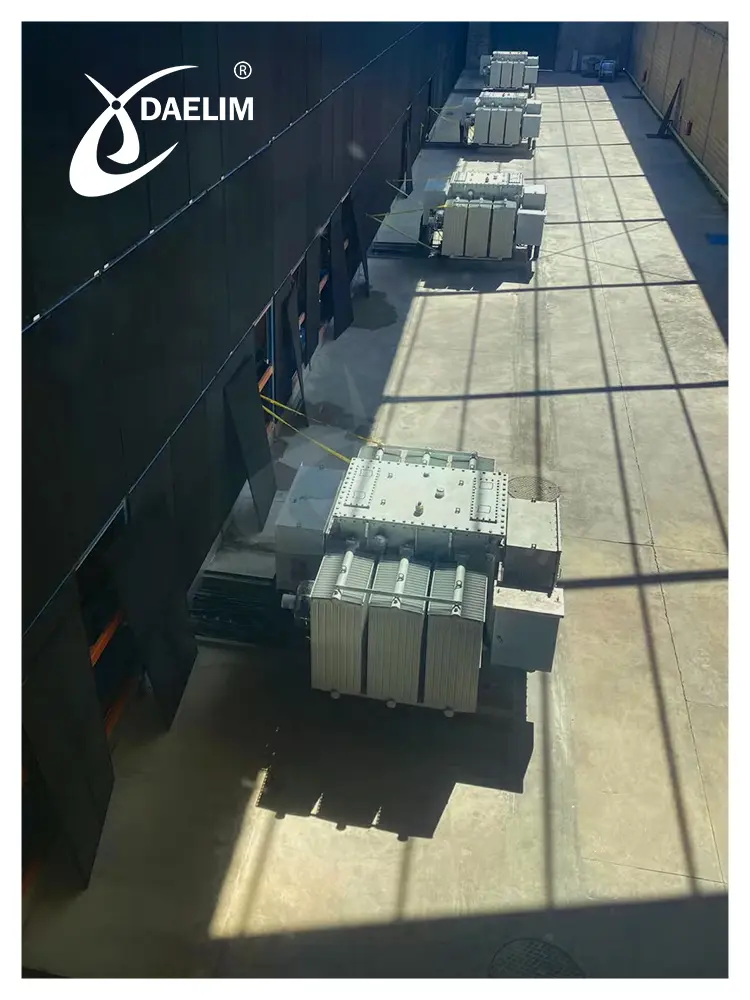
Most AI computers work 24/7 and they always work on their peak to deliver 100 % results. This develops a continuous demand of electricity and the transformer can only supply work working at its peak load 24/7. However there are AI models that work between their peak and off peak demand developing a fluctuating demand of electricity. These fluctuations in AI workload necessitate transformers that are capable of handling varying AI system loads without performance degradation.
Heat Dissipation and Cooling Needs
In AI data centers, AI systems are not the only source of high electricity consumption. These systems generate a lot of waste heat that needs a specialized cooling system to remove it. These specialized cooling systems also work 24/7 to keep AI computers cool. So transformers also have to manage electricity for these cooling systems that also fluctuate between their peak and off peak load.
Energy Efficiency and Sustainability
When there is demand for such a high electricity and that too is needed 24/7. Then the system provides that electricity needs to be efficient to minimize the losses. So the transformer not only needs to supply electricity to the AI system, it has to do it efficiently.
The transformer selected for the AI system also has to be sustainable in fluctuating loads. It has to provide needed electricity efficiently throughout its useful life. An efficient and sustainable transformer should also be an eco friendly transformer that can significantly reduce the carbon footprint of AI systems.
Size and Space Constraints
As most AI data centers will be installing their own dedicated transformer for which they need to provide space. So the transformer might also face a space constraint that can limit its size. Transformers for AI systems need to be compact and lightweight and yet highly efficient and reliable.
Cost vs Performance Trade offs
From the entire above discussion about transformers for AI use, it can be concluded that these transformers will be high end transformers and so they will be expensive. This means there has to be a good trade off between transformer cost and its performance for the project to be feasible.
Conclusion
Use of AI is increasing every day and so the need of electricity that runs the AI systems. As electrical transformers are the backbone of our electricity distribution system, dedicated electric transformers are needed to support specific requirements of AI systems. By addressing factors such as capacity, cooling, and scalability, organizations can ensure reliable power delivery while minimizing energy loss.
Follow Up
AI is present and securely the future of mankind. AI is powered by some of the world's most powerful computers and it completely relies on huge data centers to support its functions. All this needs a dedicated specially designed transformer to supply electricity with reliability and efficiently.
At Daelim we design, develop, supply, and install dedicated transformers for AI data centers and cryptocurrencies mining centers. Our transformer for AI systems, data centers, and cryptocurrencies mining centers can satisfy all international standards like IEC, ASTM, BS, EN, and more.
If you have any questions about transformers for AI systems, Contact Us and our team will talk you through the process.
Related Products
Related Article
What is Transformer Cooling and How is it done?
Transformer cooling is essential for managing waste heat generated during electricity regulation. There are several cooling methods, including natural air, forced air, oil-based systems, and combinations of oil and water cooling. The choice of method depends on transformer type, capacity, environmental conditions, and budget. Effective cooling ensures transformer safety, performance, and reliability. Daelim offers high-quality cooling systems for various transformer specifications globally.
The Ultimate Guide to Transformer Voltages
Transformers are essential for regulating voltage in power systems, ensuring safe and efficient electricity distribution. They come in various voltage ranges, including low, medium, high, and extra-high voltage for different applications, from residential use to heavy industrial operations. Understanding transformer voltages—such as 240V, 480V, 600V, and renewable energy-specific voltages like 600V and 800V—is crucial for optimizing performance and preventing equipment damage in sectors like manufacturing and energy.
Inside the Transformer: Exploring the Internal Structure
Transformers are complex devices with a core, windings, and cooling systems that regulate electricity efficiently. Their internal structure varies by type, such as oil-filled or dry transformers, featuring specific winding styles (e.g., helical, disc) and cooling mechanisms (e.g., oil-forced, air-natural). Design depends on power ratings, voltage, and application, ensuring optimal performance in power generation and distribution.
Introduction to Auxiliary Transformers
Auxiliary transformers are specialized transformers designed to power auxiliary equipment in power plants, substations, and renewable energy systems. They step down electricity for safe use in sensitive systems, available in dry, oil-immersed, stationary, and portable types. Key features include compact design, efficient cooling, and protective mechanisms, ensuring reliable operation in diverse applications.
Introduction to Transformer Inspection
Transformer inspection is a vital process to ensure the optimal performance, safety, and longevity of electrical transformers. It involves visual checks, electrical testing, thermal imaging, and oil analysis to detect issues early, reduce downtime, and comply with regulations. Advanced tools like sensors, drones, and digital monitoring enhance inspection efficiency and accuracy.
Power Transformer vs Distribution Transformer
Power transformers regulate high-voltage electricity from power plants to distribution centers, operating at maximum load with high efficiency (95-99%). Distribution transformers step down voltage for residential/industrial use, operating at lower loads and efficiency (50-70%). They differ in size, insulation, cooling methods, and applications, ensuring efficient electricity distribution.

